Gorky pepper is an excellent seasoning for many dishes and an effective remedy for some diseases that can be involved in the garden area or even on the windowsill. About how to grow bitter peppers, we will tell in this article.
Description of culture
Bitter pepper is a thermal-loving grassy annual, the stalk of which grows up to 30-50 cm in height. The plant has a good branch, has an elongated foliage of the ovoid shape and bright green. The fruits of such pepper can be both completely small, up to 1.5 cm in length and larger, 14 cm long and a diameter of up to 3 cm.
In the process of ripening, pepper pods are painted into a saturated-red shade, although it can be separated into eating or applications for therapeutic purposes. Bitter pepper with small fruits looks quite attractive to raise it not only with practical, but also with a decorative goal.
The fruits of this culture have a good food value, since it contains many useful substances, such as vitamins C, P, B1 and B2, carotene, essential oils. Peppers are often used in cooking as a spice, adding it to meat, fish dishes, soups, canned food, sausage, marinades, various pickles.
Culinary value The beneficial properties of bitter peppers are not exhausted, the plant has found its use in medicine. Firstly, its component composition helps to fight vitaminosis even in those conditions where access to fresh vegetables and fruits is strongly limited. The indigenous tribes of the Americas Indians, whose basic diet is corn, almost never suffer from lack of vitamins precisely thanks to the bitter pepper, regularly used in food. Secondly, the fruits of such a plant have a beneficial effect on digestion and improve appetite. Thirdly, the burning properties of peppers contribute to the acceleration of blood circulation, so culture is used to produce various extracts and pepper patches.
If you decide to grow by growing bitter peppers, first you need to choose the desired grade of this plant. Some varieties of culture grow well only in greenhouses, others easier to plant in open ground. Experienced gardeners lead the main varieties of bitter pepper, which are best suited for growing in the climatic conditions of Russia:
- Among the tall species of the plant, the pepper "Chinese giant" was well established, as well as such varieties like "goat horns", "Cayensky", "Chile", "Arrow", "Louis XV". Tall varieties are best grown in the open ground, since their bushes reach a significant size and very branched.
- On the kitchen windowsill, you can grow one of the lowest grades of bitter pepper. A popular view, for example, is considered the "Vietnamese Bouquet". It possesses not only good taste and necessary sharpness, but also looks very attractive. Such a pen may become a kind of decorative plant. Among the common low-voltage varieties of plants should also be allocated as follows: "Chestnut", "Star", "Lilac Tiger", "Chinese lanterns", "Snowman" and others.
Principles of growing bitter pepper
In order for the bitter pepper to cause at the right time, its seeds are taken to plant at the end of winter or at the beginning of spring. If you want to achieve an earlier harvest, then plan the culture in the last weeks of January or the first February days. This applies to those cases when pepper is grown in a greenhouse or is transferred to open soil at the later dates.
Preparation of bitter pepper seeds to sowing is an important condition for obtaining good searches. This procedure is as follows:
- Initially, the seeds of the plant carefully go through and throw away unsuitable instances.
- Healthy and beautiful grains are soaked in a manganese solution for half an hour.
- Then the seeds are washed under the crane and lay on the fabric, to dry a bit.
- After such training, peppers are ready for sowing.
Bitter pepper loves nutrient soil. To provide him with the desired composition of the soil, you can immediately purchase land in a specialized store, but you can prepare so much with your own hands. To do this, mix peat, river sand and humus. On 1 part of the sand should have 2 parts of peat and humus. To destroy the pathogens of microorganisms, it is better to rolling this mixture in the oven or to put in a microwave oven for a few minutes. Such a procedure minimizes the risk of the development of fungal diseases and germination of weed grass. Immediately before landing, the land can be additionally enriched with mineral fertilizers.
Do not forget to prepare containers for sowing seeds. They should not be too deep and have special holes at the bottom for removing extra moisture. Pepper does not like water stagnation and can get sick "black leg."
Sowing seeds of bitter pepper to seedlings
The seed material of this culture has a good germination, which is preserved for 4-6 years. As mentioned earlier, for growing in the open ground, seeds seed seed in about January, but if you divor the plant in pots, then the grains can be planted at any time, pre-providing them with good lighting. The duration of the light day for seedlings of the bitter pepper should be at least 12 hours, at night the backlight can be turned off. The lamp should be at a distance of 8 cm from the sprouts.
The planting of bitter pepper seeds are carried out in a warm, heated up to 40-45 ° C, knocking the grains to a depth of about 1-1.5 cm. The distance between the rows is recommended to withstand in the region of 5 cm, and separate seeds to sow with intervals of 2 cm. Glinding The grains in the soil, they are sprinkled with a thin layer of the same soil and slightly tram, after which they water a special stimulant growth, for example, "Agrikola", "Kemio-suite", humisol or any other suitable composition.
Capacities with seedlings put in a warm and well-lit place until it appears on the sprouts 2 of the present leaflet. It takes about it, as a rule, about 30 days. It is advisable to moisturize the sprouts when the soil begins to filure, and it should not be dried. So that the shoots were healthy and did not die, a little manganese can be added to the water for watering. Please note that for moisturizing the seedlings of the bitter pepper, it is necessary to use water with a temperature of about 25 ° C.
When 2 real leaves are formed on the processed sprouts, the seedlings need to be counted - to send separate cups. During the dive, it is recommended to shorten the root to activate the process of formation of the urine root system. Before the start of sprouts, they should be poured about 3 hours earlier.
For dive use the same soil as for the germination of seeds. It is filled with individual small cups, and then watered with a solution of sodium humate, potassium sulfate or Agrikola. To water it was more convenient, you can use a syringe or a teaspoon. The seedling is slightly discharged and removed from well-moisturized soil, holding the leaves. It deepens into the prepared land to the level of seedlines, after which the soil near the stem is slightly compacted.
Caring for Shatter Pepper
While bitter pepper sprouts are developing in pots or in cups, they require constant care, which lies in moisture, highlighting and maintaining the necessary temperature regime. The tanks with shoots are put on the windowsill and are covered with a film or glass, maintaining the ambient temperature at the level of 25 ° C. Under the glass, seedlings are withstanding 2 days, from time to time turning it to the sun with different sides. Soil moisture is also supported at the proper level, it should not be dry, but also water stagnation should also be avoided. After picking pepper seedlings for the first time, as a rule, watered for 6 days.
If the foliage of pepper yellows, the plants need to be filtered by wood ash or make special liquid fertilizers. If the sprouts are developing too slowly, you can add a bout fertilizer to the soil.
The surrounding air temperature in the room where the seedlings of the bitter pepper is grown, should be maintained at 20-22 ° C in daytime and 18-20 ° C at night. Before transplanting bushes in open ground, sprouts are recommended to harden. To do this, about a month before the landing in the room begin to open the window for several hours, avoiding the formation of drafts and temperature fluctuations. Peppers are transferred to the vegetable garden when it grows 8-12 real leaves. Plants should look healthy, green and compact.
Caring for bitter peppers in the open soil
When planting pepper to a plot between rows of plants, the intervals of 50 cm should be observed, between individual bushes, the distance should be about 40-45 cm. If you are thinking, with which the velvette is planted to sow on the same bed, fall around the tomatoes, garlic or eggplants. If you plant sweet and bitter peppers on one garden, observe the distance of at least 3 m between these cultures, otherwise, in the process of pollination, sweet varieties can acquire unnecessary sharpness.
Pepper on the plot is not recommended to plant solar hot weather, it is better to do it in the evening or on a cloudy day. Since culture is relatively subtle stem, it is desirable to tie to some kind of support.
After planting the bitter pepper into the ground for the coming days it is recommended to equip protection from the cold, covering the fiction on the arcs. If the temperature falls below 3 ° C, and the plants will not be covered, they may die. It is possible to remove the protective film when it is finally installed warm weather and a threat of frosts will pass. Do not forget the weeds germinating from time to time from time to time.
The first two weeks after landing the soil around the stems, it is necessary to periodically loose, to saturate it with a sufficient amount of oxygen. It is also desirable to feed the pepper "Energen" or "Buton". The optimal temperature for the active development of bitter peppers is 20-32 ° C. In cold weather, when the ambient air cools up to 10 ° C and below, the growth of plants stops. In severe heat, pepper is inclined to discharge the inflorescences.
This culture can be attributed to the moisture-loving, so it is necessary to water it as often as possible. Particular attention to the irrigation of peppers should be given during flowering and fruit formation. In hot weather it is also important to prevent soil drying. For irrigation, it is best to use warm water out.
In open soil, culture fertilize at least 2 times. The first time the pepper feed the natural organic organic, for example, manure or urea. You can use the nitroposka at the rate of 30-40 g per 1 m² of the area of \u200b\u200bthe garden. For feeding pepper, you can prepare a special vegetable composition. For this, 2-3 kg of greens of nettle, swans, dandelion and plantain cut, pour 50 liters of water and defend a week in a warm place. Then 4 liters of cowbank and 5 tbsp were added to the resulting solution. Wood ash. All this is well mixed and poured pepper bushes at the rate of 1 l of substance per plant.
The second feeder is carried out during the fruction of pepper. For this procedure, avian litter is used, diluting it with water 1 to 12. When the pepper grows, it can be pausing. This means that on the most empty bushes, the upper flowers are removed to give the plant more compact form. When the main stem will move to a 25 cm mark, it should be seen on this height. So you will provide better branching and active growth.
If the street is dry and windless weather, pepper can be badly pollinated. To contribute to better pollination, you can easily fare the plants.
Caring for bitter peppers in pots
If you do not have a nice plot, you can grow bitter pepper on your windowsill, choosing a suitable low-speed variety. To plant such a plant, first, soak the seeds in the warm weak mortar of manganese for 2-3 days. It is desirable to do this in the first weeks of February, the temperature in the room must be maintained at 25 ° C. Seying pepper is better in pots or small cups filled with a mixture of peat, humus, turf. In each container, 2-3 grains are bought to a depth of 1.5 cm. Then the crops are covered with a film and put it in heat. After 2 weeks, sprouts should be bled on the surface of the earth.
If you have planted seedlings into a common container, after the appearance of 5 of these leaves, dive seedlings into separate pots of 1-2 sprouts. Since mid-May, plants can be taken to the balcony or on the loggia, provided that there are no frosts on the street. In cold weather, sowing is better to put in the room.
Pepper in the pots should also periodically fertilize. For first feeding, urea is used at the rate of 5 g of substance on 10 liters of water. The second time the plants fertilize in comprehensive compositions after a week. Every 10 days, peppers can be picked up by nitroposka, spreading it in warm water and poured under the root. Upon reaching the stem of the height of 10-15 cm, it is plugged on top, forcing it to branch. By September, the culture can be transferred to more spacious pots.
Gorky pepper, photo:

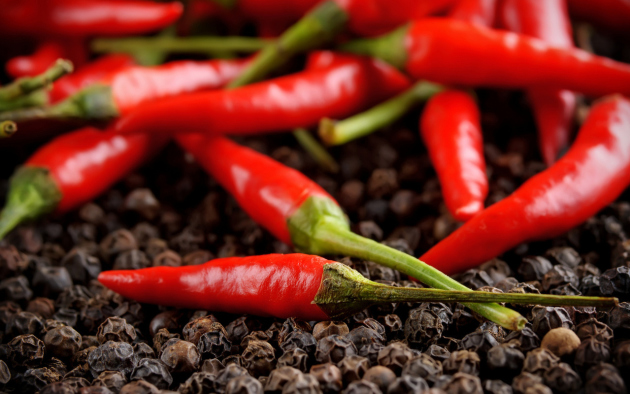
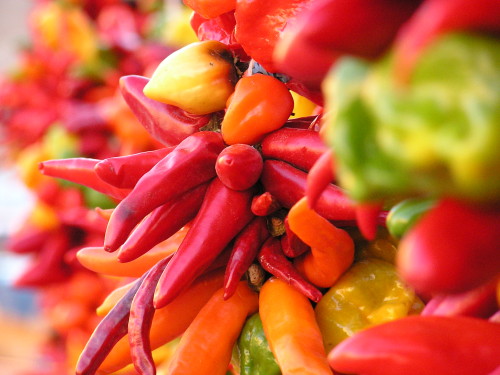
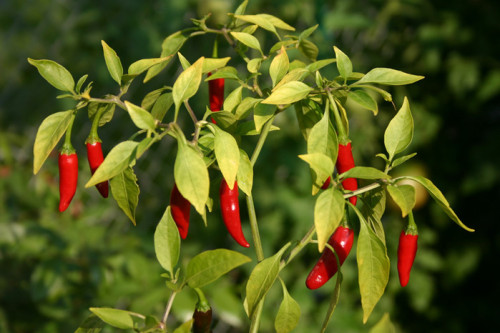
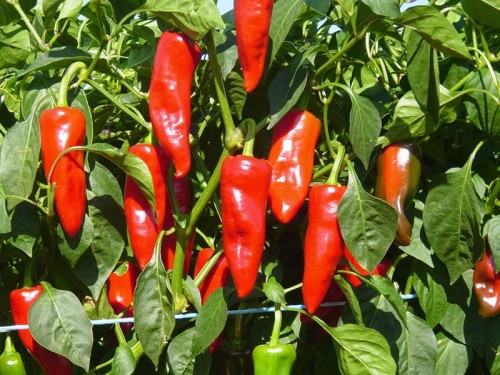
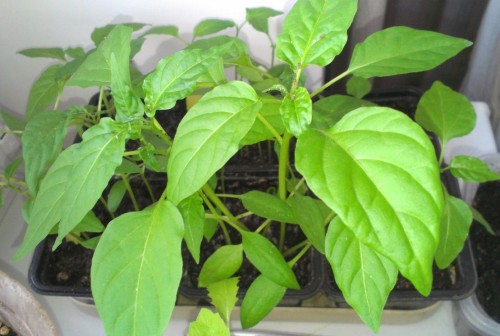
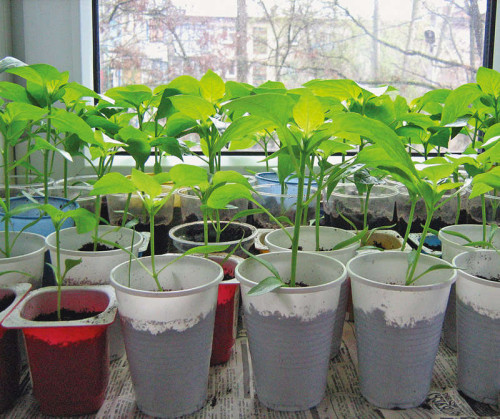
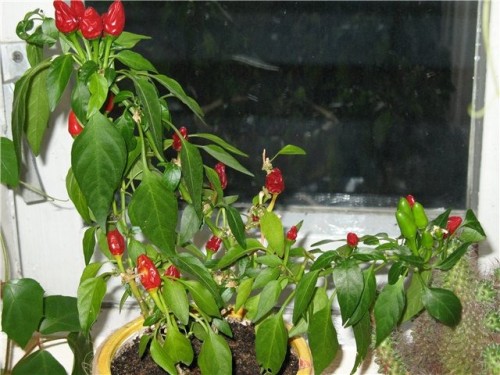
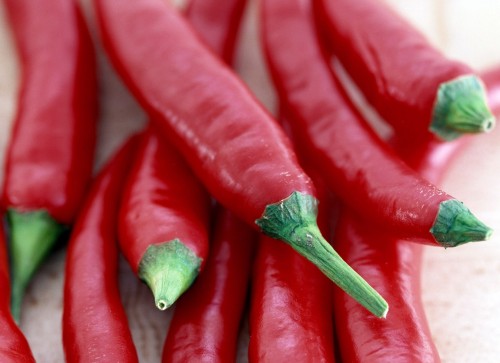
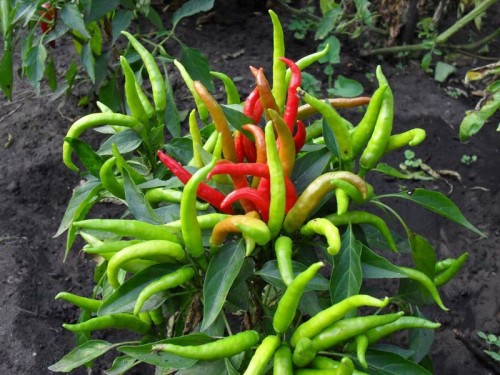
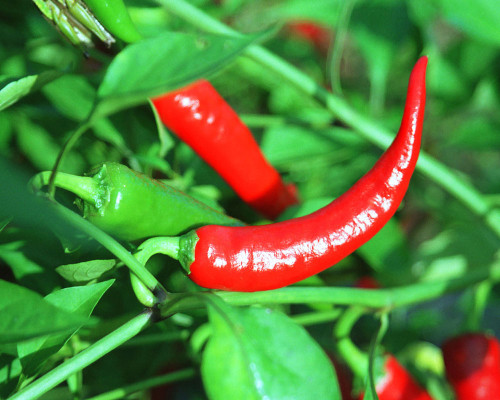
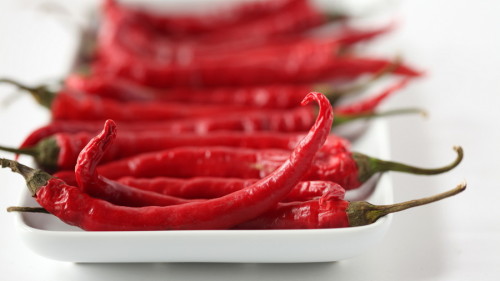












 Start a discussion ...
Start a discussion ...